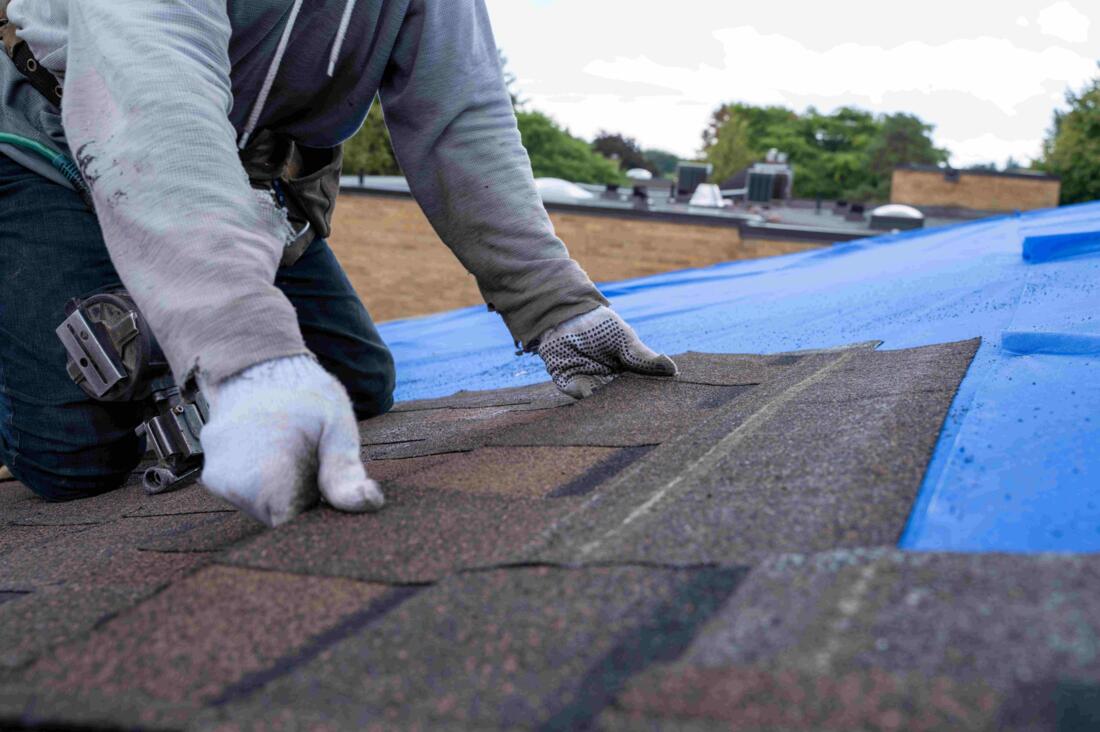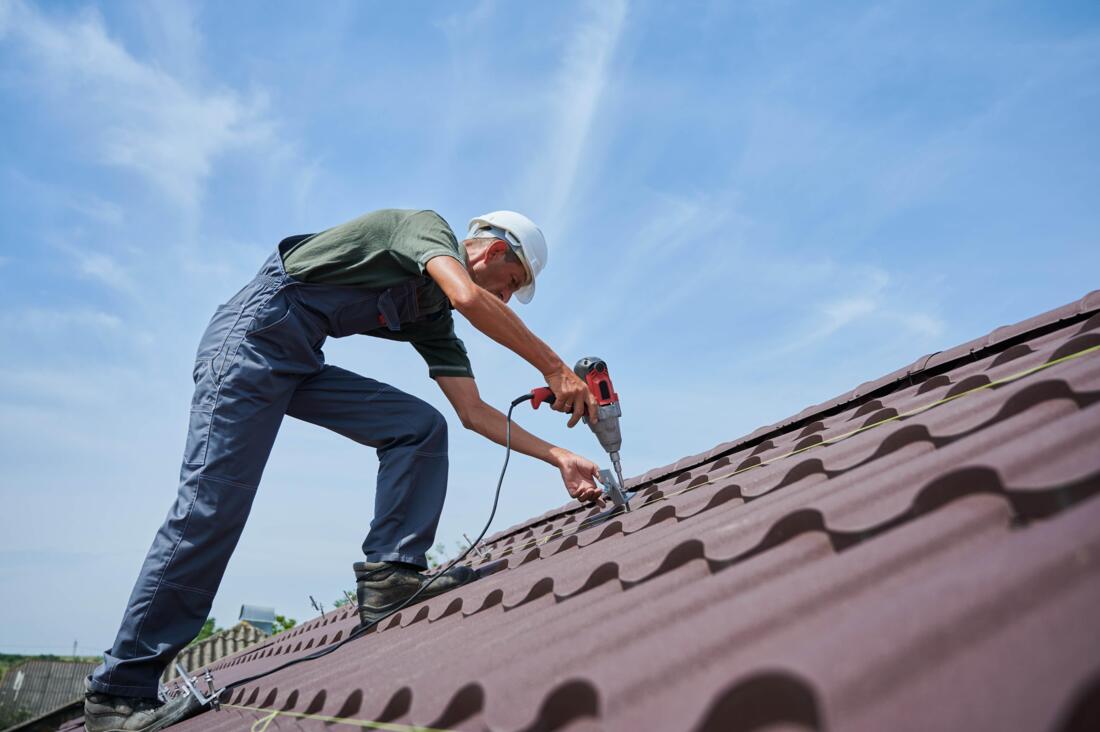The installation of a cool roof improves energy efficiency by reflecting a higher amount of sunlight and absorbing less heat. This helps decrease the requirement for air conditioning, resulting in reduced energy costs. Additionally, this advancement in roofing technology can lead to lower greenhouse gas emissions, longer roof lifespan, and a reduction in urban heat islands. Overall, it benefits homeowners as well as the environment.
Cool Roofs: Saving Energy and Costs
Improving the energy efficiency of your home is important for lessening your environmental impact and cutting energy costs. One effective method is to install a cool roof, which is designed to reflect more sunlight and absorb less heat compared to traditional roofs. Cool roofs use materials like reflective paints, tiles, or shingles to help keep your home cooler in the summer, reducing the reliance on air conditioning and lowering energy usage. This leads to savings on cooling expenses for homeowners and also helps decrease urban heat islands, which raise temperatures and can be detrimental to communities.

Benefits
The advantages of a cool roof go beyond saving money and increasing comfort. By reducing energy consumption, cool roofs can lessen the need for electricity, leading to lower greenhouse gas emissions and fewer pollutants from power plants. This is crucial in crowded city areas where air quality is a major health concern. Cool roofs also prolong the lifespan of roofs and air conditioning systems by minimizing heat stress, resulting in reduced maintenance costs and less frequent repairs or replacements.

Getting Started
To begin the process of installing a cool roof, homeowners should take into account various factors such as the climate in their region, the type of roofing already in place, and the general state of their roof. Expert roofing professionals can offer evaluations and suggestions customized to individual requirements and local regulations. Choosing a cool roof is not just a wise financial choice but also a forward-thinking measure towards creating a more eco-friendly and effective home. By possibly providing immediate and ongoing cost savings, along with environmental advantages, a cool roof is a valuable option for any homeowner aiming to improve their home's energy efficiency and decrease their environmental footprint.
Understanding the Different Types of Cool Roofs
Cool roofs are not a one-size-fits-all solution; they come in various types, each suited for different applications and environments. The most common types include reflective coatings, which can be applied to existing roofs, and specialized roofing materials, like reflective tiles and membranes. These materials are designed to reflect sunlight and reduce heat absorption significantly. Furthermore, homeowners must consider their local climate, as different materials may perform better in varying conditions. By selecting the appropriate type of cool roof, homeowners can maximize energy efficiency gains while ensuring their roof meets local building codes and aesthetic preferences.
The Role of Cool Roofs in Urban Planning
In urban areas, the implementation of cool roofs plays a critical role in city planning and development. Urban heat islands, where built-up areas experience higher temperatures than their rural surroundings, can significantly affect local climates. Cool roofs can mitigate these effects, helping lower ambient temperatures and reducing the need for cooling energy across entire neighborhoods. Urban planners and policymakers are increasingly recognizing the importance of integrating cool roofs into building codes and community development initiatives. This not only enhances the comfort of residents but also contributes to improved air quality and lower energy demands on the local infrastructure.
Exploring the Environmental Benefits of Cool Roofs
Beyond financial savings, cool roofs offer substantial environmental benefits that make them an ideal choice for eco-conscious homeowners. By reducing the urban heat island effect, cool roofs help lower overall temperatures in surrounding areas, which can improve local air quality and reduce the formation of smog. Additionally, the decrease in energy consumption leads to lower greenhouse gas emissions from power plants, contributing to climate change mitigation efforts. Such roofs also encourage the use of renewable energy sources, as reduced demand for electricity can make it easier for solar power systems to meet energy needs. This holistic approach to sustainability is essential for creating healthier communities.
Cost Considerations for Installing Cool Roofs
While the long-term savings of cool roofs are substantial, homeowners must also consider the initial installation costs. The price of cool roofing materials can vary significantly based on the type chosen and the size of the home. However, it is essential to view this investment in the context of future savings on energy bills and maintenance costs. Many government programs and incentives are available to assist homeowners in offsetting installation costs. Additionally, the potential increase in property value due to energy-efficient upgrades can provide a solid return on investment. Homeowners should weigh these factors carefully before making a decision.
Maintenance and Longevity of Cool Roofs
To maximize the benefits of a cool roof, regular maintenance is essential. Although cool roofs are designed to be durable and require less upkeep than traditional roofs, they still need periodic inspections and cleaning to maintain their reflective properties. Accumulated debris, dirt, and algae can diminish a roof's efficiency over time. Homeowners should inspect their roofs at least twice a year and after significant weather events. This proactive approach not only extends the lifespan of the roof but also ensures that the energy efficiency benefits are sustained. Working with professionals can also provide homeowners with tailored maintenance plans to suit their specific needs.
The Future of Cool Roof Technology
As technology advances, the future of cool roofs looks promising, with ongoing research and development focused on improving their performance and materials. Innovations in reflective coatings and materials are expected to enhance durability and effectiveness, making cool roofs even more appealing to homeowners. Additionally, integrating smart technology with cool roofs, such as sensors that monitor temperature and energy use, could provide real-time data to help homeowners optimize their energy efficiency practices. These advancements not only hold the potential to improve individual home performance but also contribute to broader sustainability goals in urban environments.
AI-Assisted Content Disclaimer
This article was created with AI assistance and reviewed by a human for accuracy and clarity.